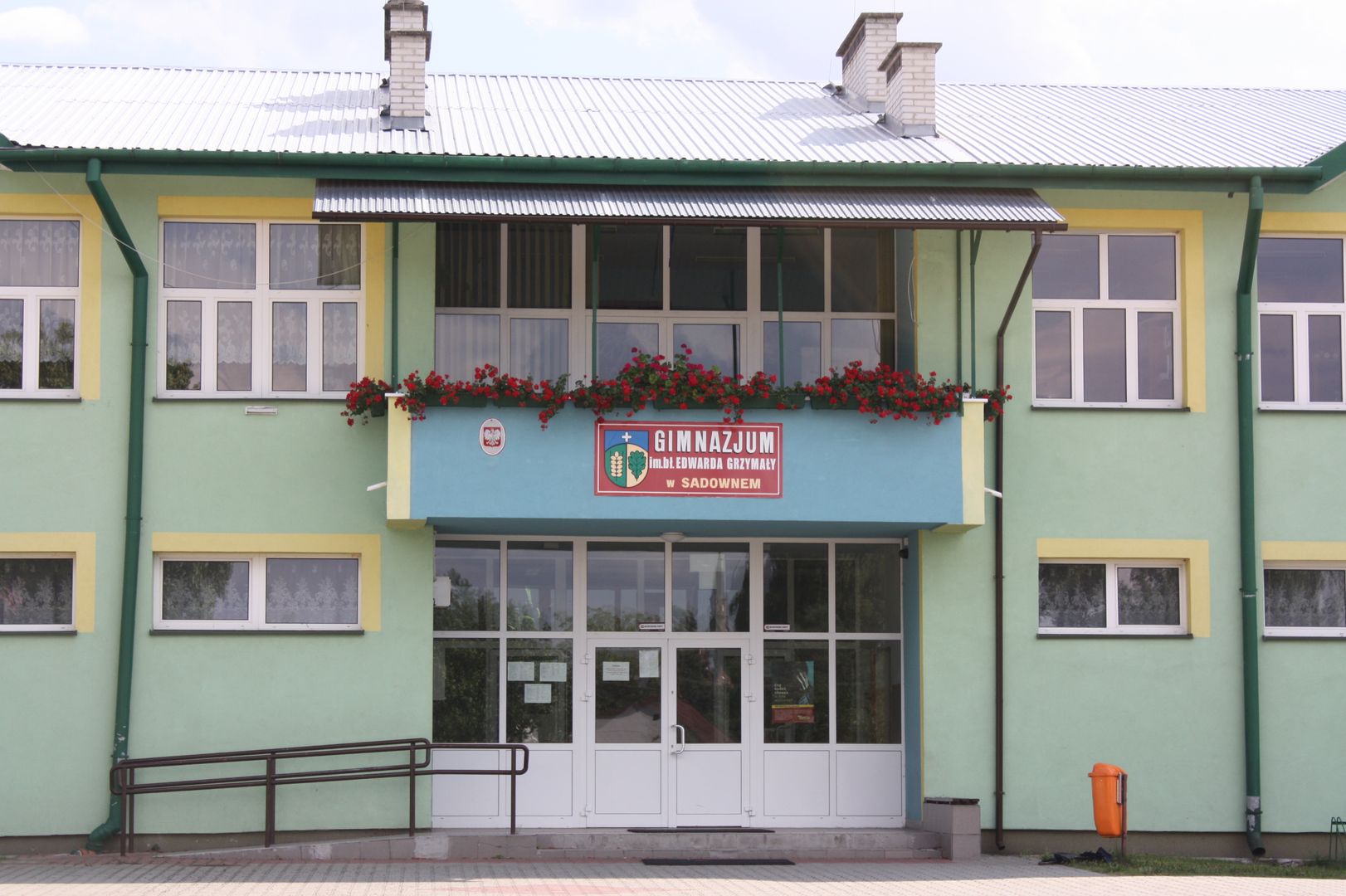Sadowne
6.11

Overview
Sadowne is a village located in eastern Poland, in the Masovian Voivodeship, within Węgrów County, situated along National Road 50. From a historical perspective, the first mentions of Sadowne date back to 1514, and the village was established on land that was once owned by the chapter of the Collegiate Church of St. John in Warsaw. Sadowne lies on the border of Masovia and Podlasie, which influenced its development – settlement progressed from the west, and the region was exposed to flooding by the Bug River, which played a role in the later location of the church and cemetery. The village's development accelerated in the 18th century after cholera epidemics and changed in the 19th century when the area became a center of German colonization, and after the emancipation of the peasants in 1864. During World War II, the village suffered significant losses, and German soldiers committed numerous crimes, including the massacre of Jews, who before the war constituted an important part of the local community. Sadowne boasts the Museum of the Sadowne Land, established in 1978, and the Secondary School Complex. The village is also home to the Sports Club "Wicher," which continues the traditions of a club founded in 1956. Interestingly, a large part of the action in Grzegorz Gołębiowski's book "Dziedzictwo" (Heritage) takes place in Sadowne. The village has adapted to changing historical, cultural, and social conditions, creating diverse architecture and cultural life that shape the identity of this local community.
Location
City
Łochów Deanery
Tertiary Administrative Division
Sadowne
County
Łosice County
State
Masovian Voivodeship
Country
2025 Wizytor | All Rights Reserved